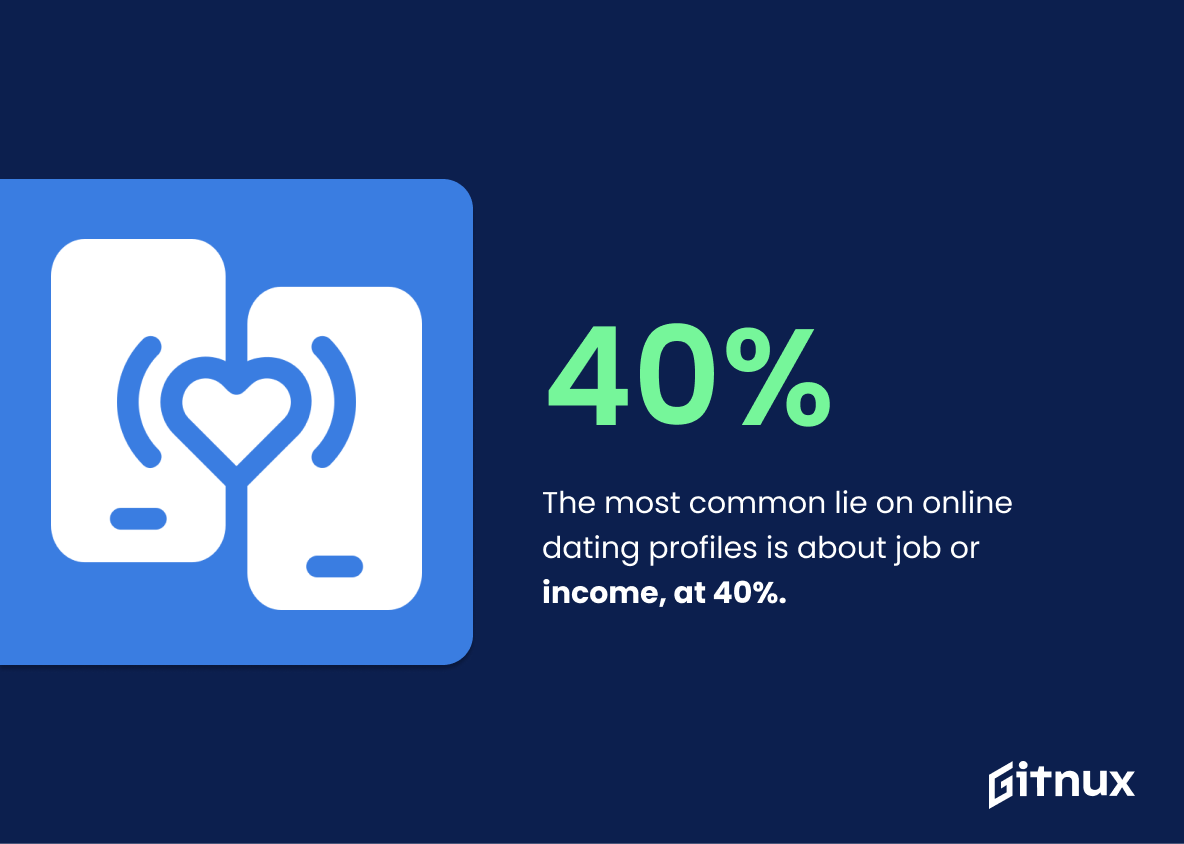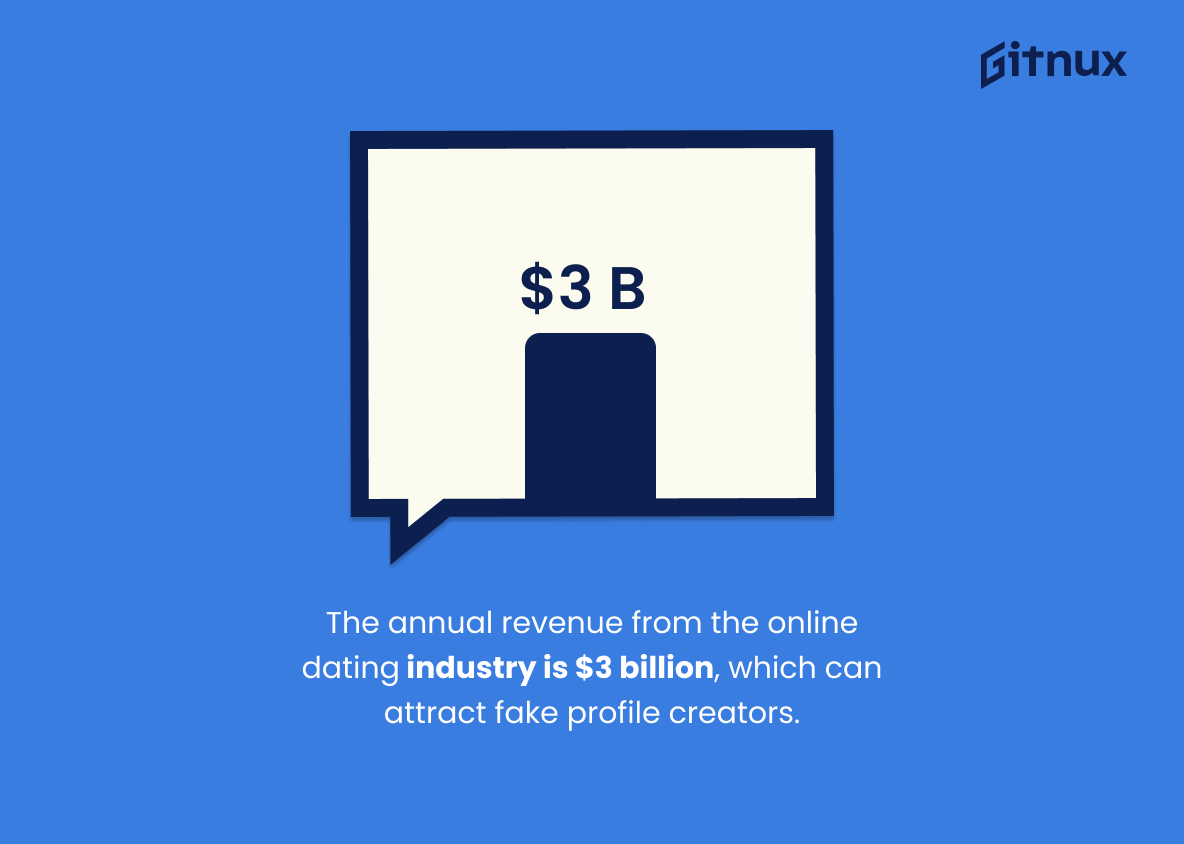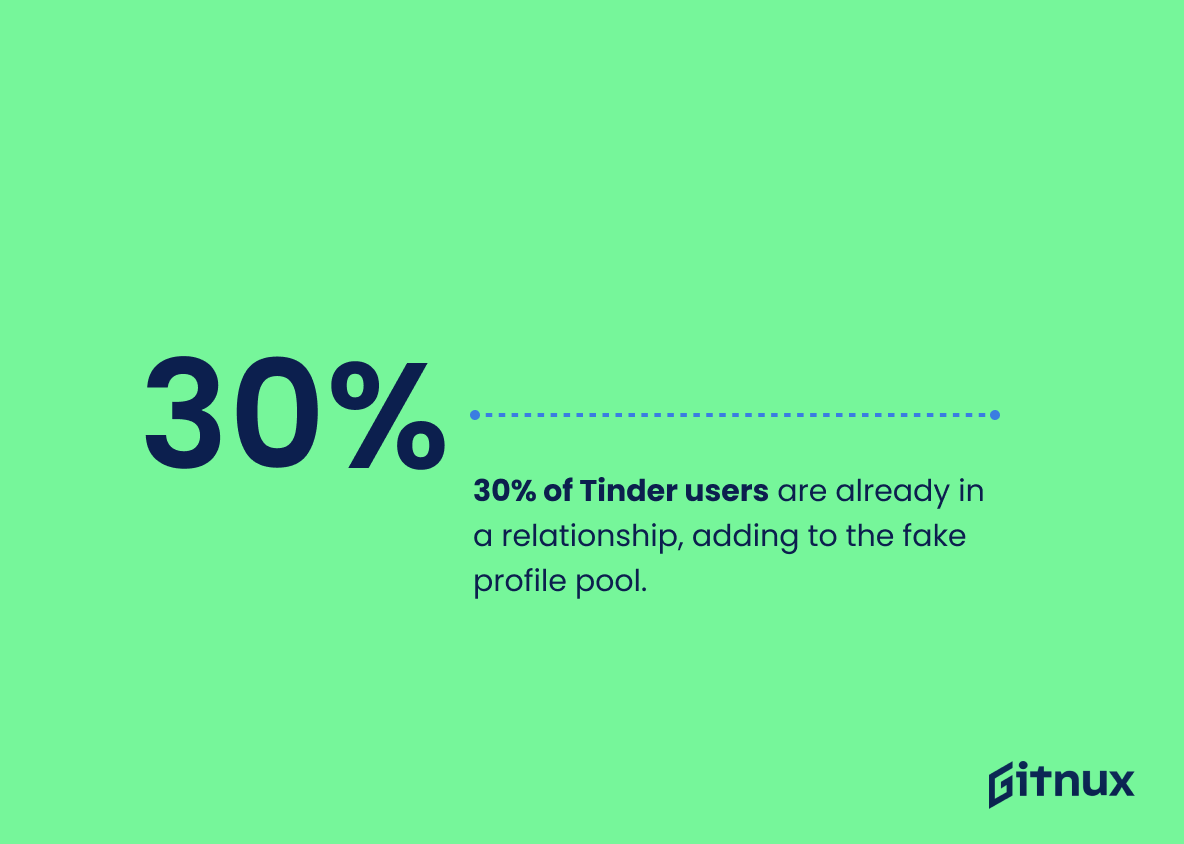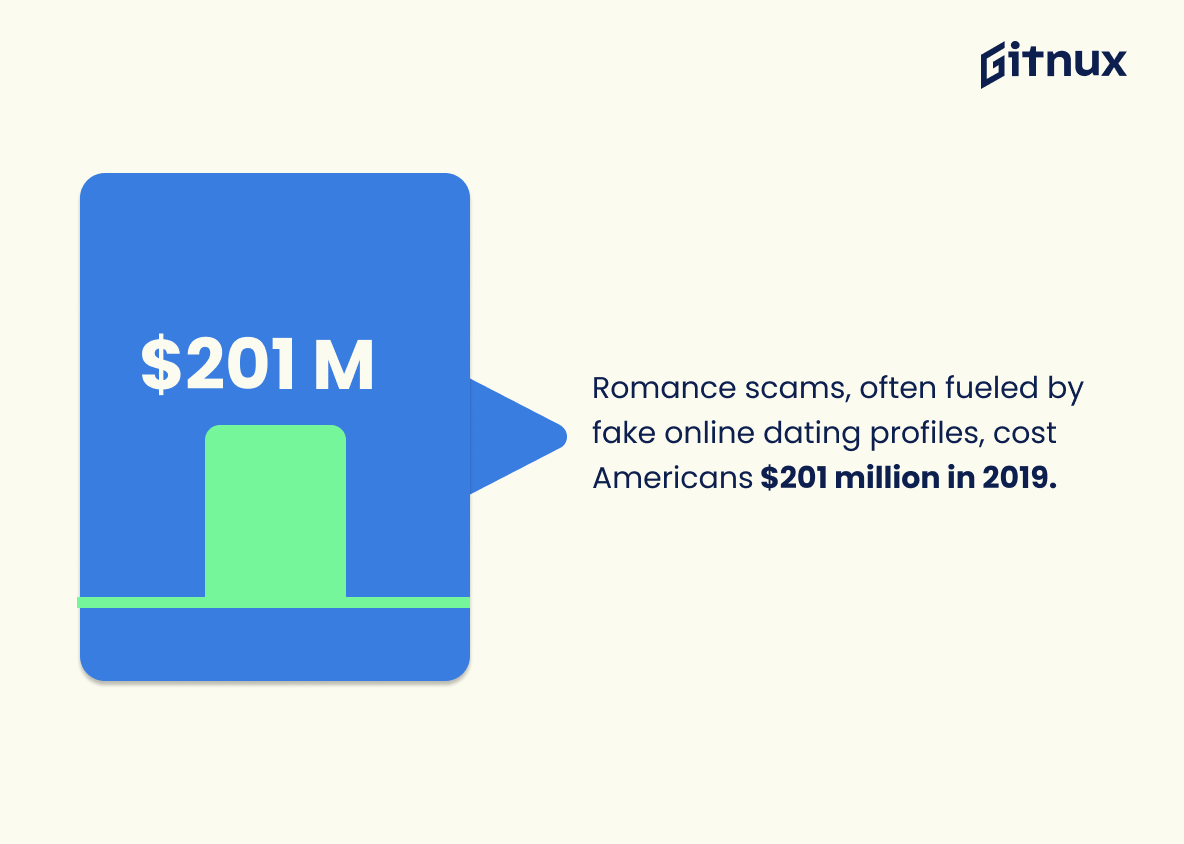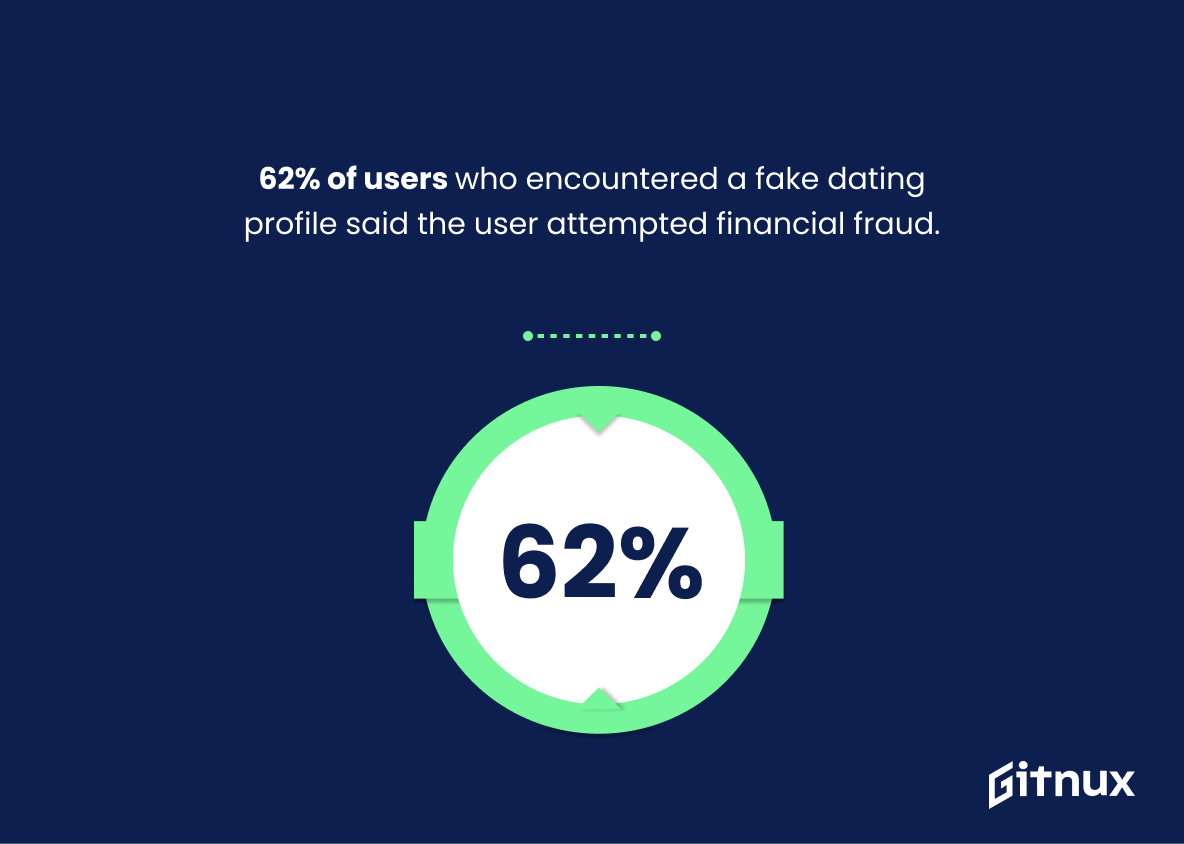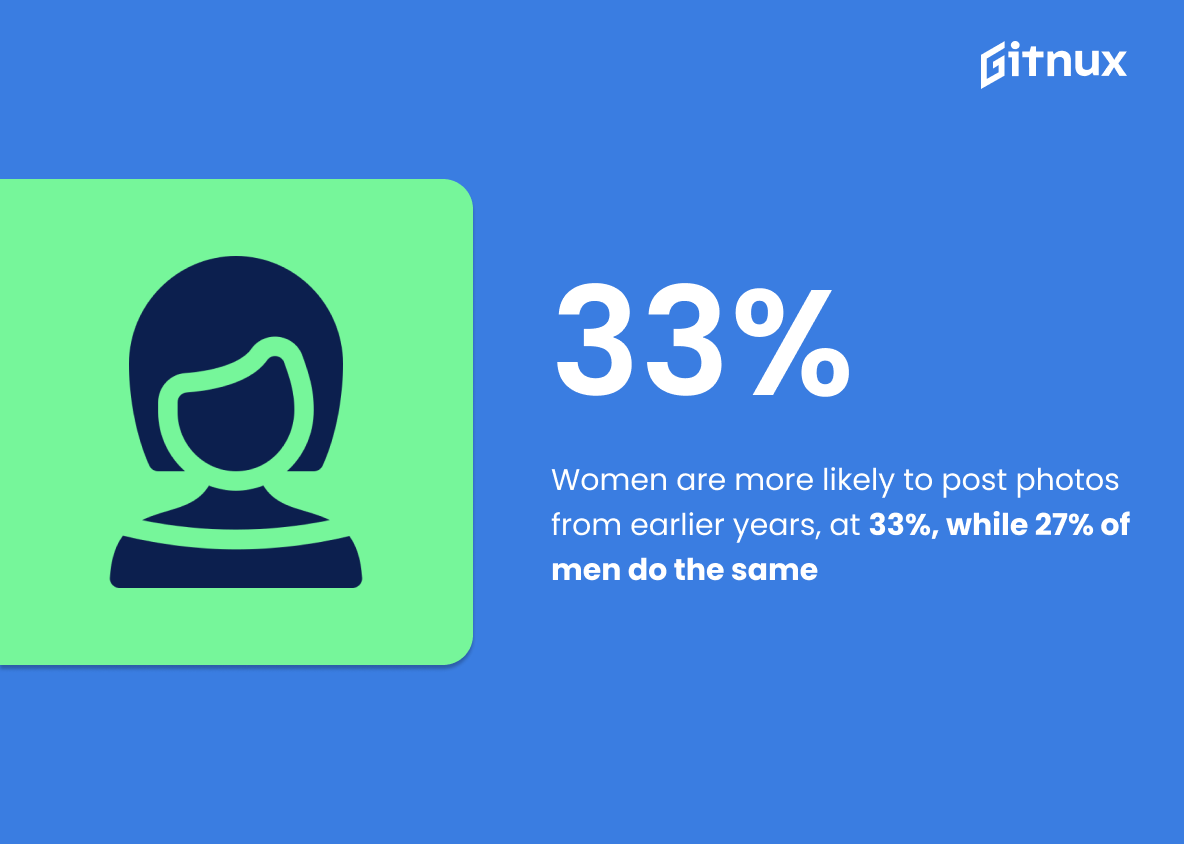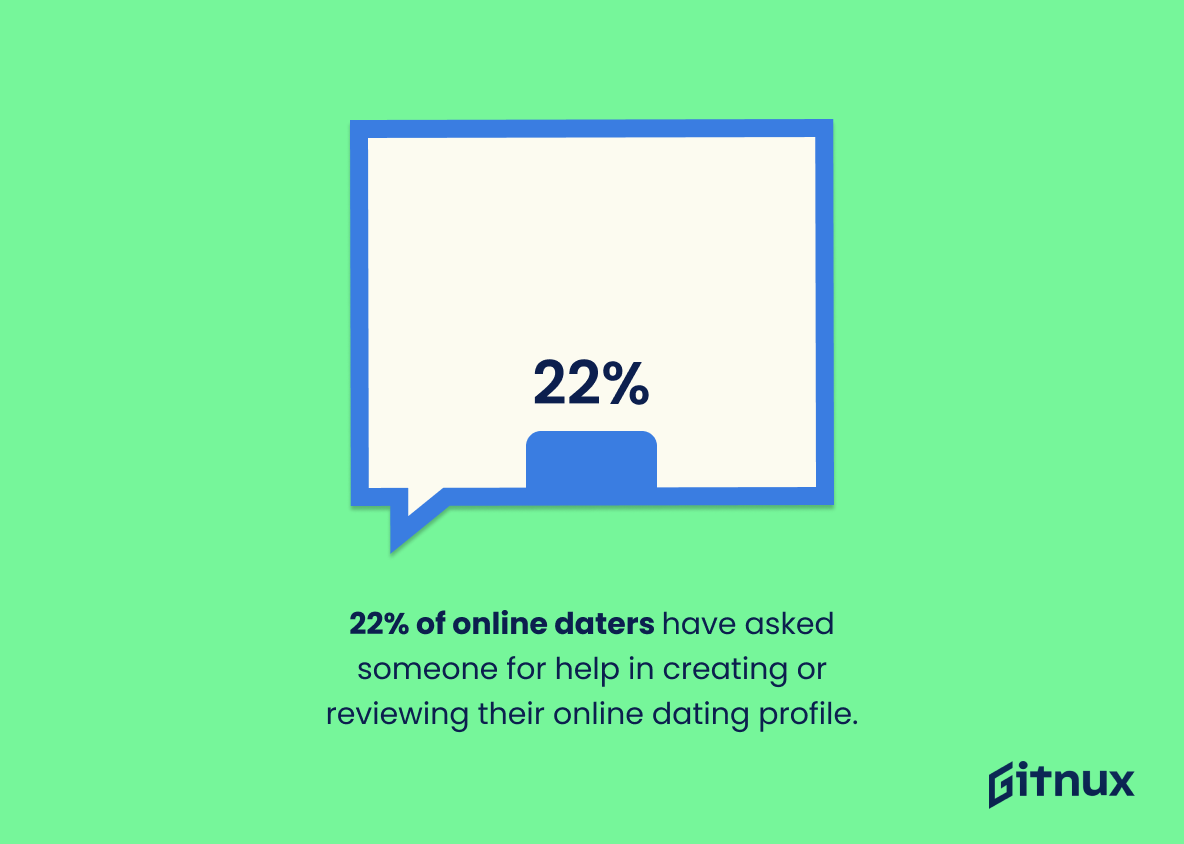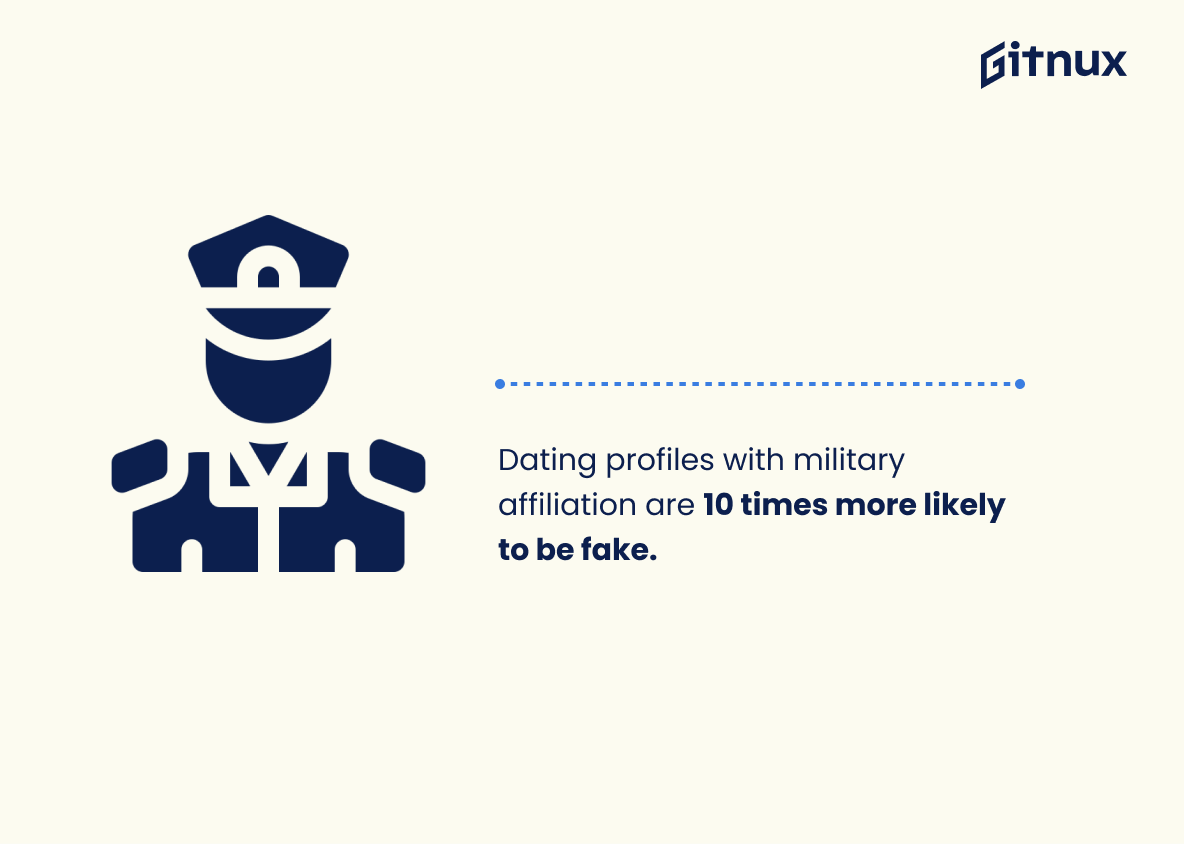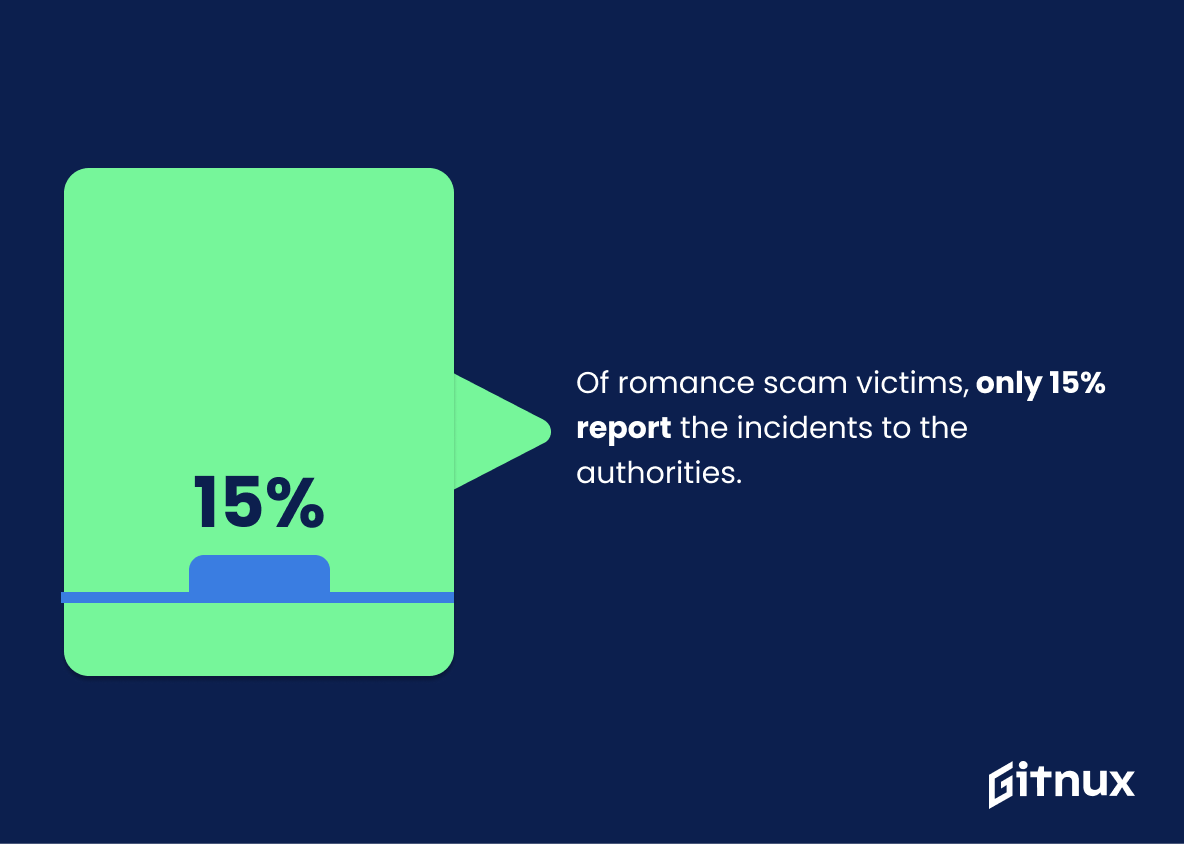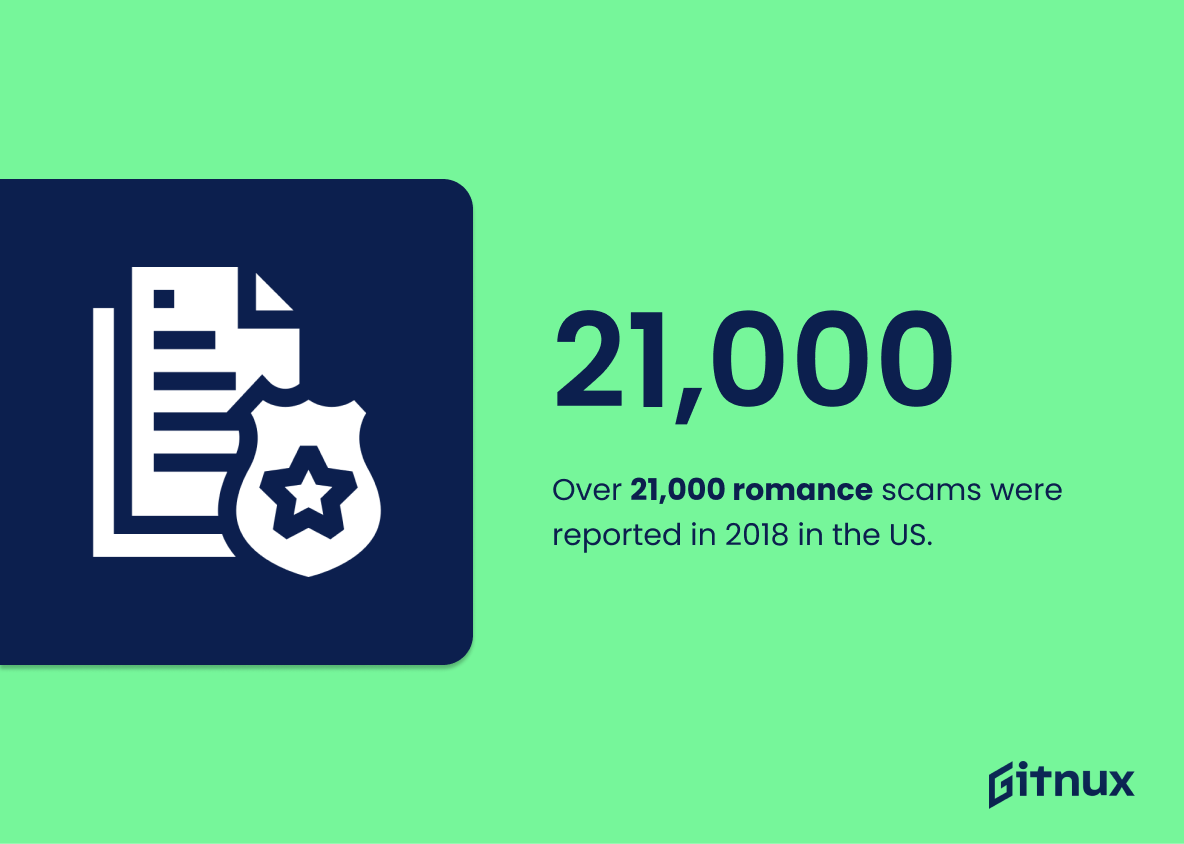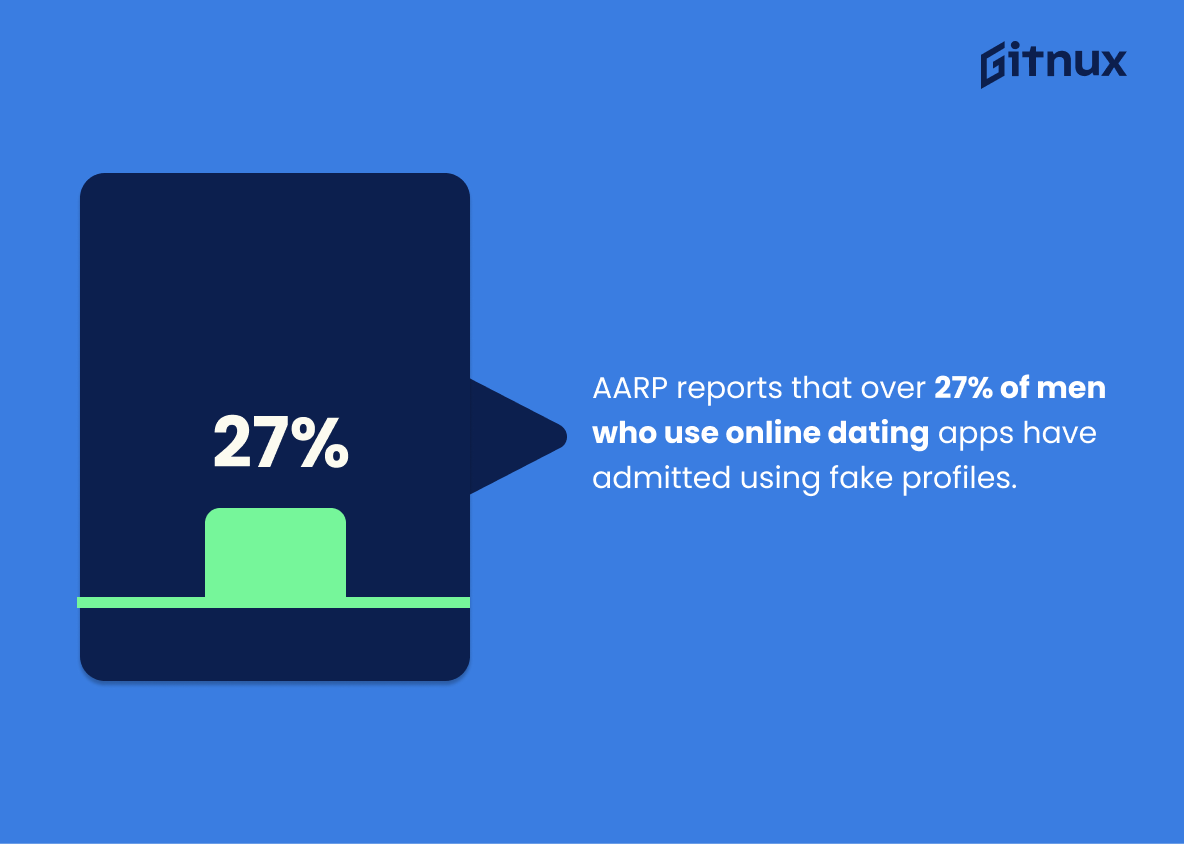Online dating has become increasingly popular in recent years, with more and more people turning to the internet for their romantic needs. Unfortunately, this also means that there is an increased risk of encountering fake profiles on these sites. According to statistics from various sources, approximately 53% of all online dating profiles contain false information while around 10% are completely fake. Men tend to lie about their height by an average of 2 inches and 81% of users will lie about age, weight or height when creating a profile.
What’s worse is that 40% of Americans use online dating services which increases the chances even further; job or income lies make up 40%, followed closely by photos taken many years ago (33%). Even those who have found someone they like may not be safe as 30% Tinder users are already in relationships. Romance scams cost victims over $1 billion dollars in just three years and 22 percent ask for help creating/reviewing their profile – making it easier for scammers to take advantage. Fake military affiliations appear ten times more often than real ones too.
It’s clear then that we need to remain vigilant when using online dating services so as not fall victim ourselves – only 15 percent report incidents after being scammed out money anyway. Over 50 percent will encounter at least one fake profile during usage while 27 percent men admit using them themselves according to AARP reports.. With such high numbers it pays off knowing how spot a scammer before getting involved with them romantically or financially
Fake Online Dating Profiles Statistics Overview
The most common lie on online dating profiles is about job or income, at 40%.
This statistic is a stark reminder of the prevalence of dishonesty in the online dating world. It highlights the importance of being vigilant when it comes to verifying the information provided by potential partners, as it is likely that a significant portion of them are not being truthful about their job or income. This is especially concerning when considering the potential implications of such dishonesty, such as financial exploitation or fraud.
The annual revenue from the online dating industry is $3 billion, which can attract fake profile creators.
This statistic serves as a stark reminder of the immense financial incentive for creating fake online dating profiles. With such a lucrative market, it is no wonder that unscrupulous individuals are tempted to take advantage of unsuspecting users. This statistic highlights the importance of being aware of the potential for fake profiles and taking the necessary steps to protect oneself.
30% of Tinder users are already in a relationship, adding to the fake profile pool.
This statistic is a stark reminder of the prevalence of fake online dating profiles, as it indicates that a significant portion of users are not who they claim to be. It serves as a warning to those who are looking for genuine connections, as it suggests that a large number of profiles may not be trustworthy.
Romance scams, often fueled by fake online dating profiles, cost Americans $201 million in 2019.
This statistic serves as a stark reminder of the financial toll that romance scams can take on unsuspecting victims. It highlights the need for greater awareness of the dangers of fake online dating profiles, and the importance of taking steps to protect oneself from becoming a victim of such scams.
62% of users who encountered a fake dating profile said the user attempted financial fraud.
This statistic is a stark reminder of the potential dangers of fake online dating profiles. It highlights the fact that not only are these profiles often used to deceive people, but they can also be used to commit financial fraud. This is a serious issue that should not be taken lightly, as it can have serious consequences for those who fall victim to it.
Women are more likely to post photos from earlier years, at 33%, while 27% of men do the same.
This statistic is significant in the context of Fake Online Dating Profiles Statistics because it highlights the potential vulnerability of women to being targeted by scammers. Women are more likely to post photos from earlier years, which could make them more susceptible to being deceived by someone using an outdated photo. This could lead to a false sense of security and trust, making them more likely to fall victim to a scam.
22% of online daters have asked someone for help in creating or reviewing their online dating profile.
This statistic is a telling indication of the prevalence of fake online dating profiles. It suggests that a significant portion of online daters are not confident in their ability to create or review their own profile, and thus may be more likely to fall victim to a fake profile. This statistic is a reminder that online daters should be aware of the potential for fake profiles and take extra precautions when engaging with someone online.
Fake dating profiles with a military affiliation are 10 times more likely to be found than those without it.
This statistic is a stark reminder of the prevalence of fake dating profiles with a military affiliation. It highlights the need for extra caution when engaging with potential partners online, as it is much more likely that they are not who they claim to be. This is especially concerning for those in the military, as they may be more vulnerable to being taken advantage of by these fake profiles. This statistic is an important one to consider when discussing the dangers of fake online dating profiles.
Of romance scam victims, only 15% report the incidents to the authorities.
This statistic is a stark reminder of the prevalence of romance scams and the lack of reporting that occurs. It highlights the need for greater awareness of the issue and the importance of encouraging victims to come forward and report the incidents to the authorities. It also serves as a warning to those engaging in online dating to be vigilant and to be aware of the potential risks.
There was a 50% increase in romance scams in the US between 2018 and 2019.
This statistic is a stark reminder of the prevalence of romance scams in the US, highlighting the need for greater awareness and vigilance when it comes to online dating. The 50% increase in just one year is a worrying trend that should not be ignored, and serves as a warning to those engaging in online dating to be extra cautious.
Over 21,000 romance scams were reported in 2018 in the US.
This statistic is a stark reminder of the prevalence of romance scams in the US, and serves as a warning to those who are considering using online dating services. It highlights the importance of being aware of the potential risks associated with online dating, and the need to take precautions to protect oneself from becoming a victim of a romance scam.
Romance scams have cost victims over $1 billion in the past three years.
This statistic is a stark reminder of the devastating financial impact that romance scams can have on victims. It serves as a powerful illustration of the need to be aware of the prevalence of fake online dating profiles and the potential risks associated with them. It is a sobering reminder that, even in the digital age, it is important to remain vigilant and take steps to protect oneself from becoming a victim of such scams.
More than 50% of all users will encounter at least one fake profile while using online dating services.
This statistic is a stark reminder of the prevalence of fake profiles on online dating services. It highlights the importance of being vigilant when using these services, as more than half of all users are likely to come across a fake profile. This statistic serves as a warning to users to be aware of the potential risks associated with online dating.
AARP reports that over 27% of men who use online dating apps have admitted using fake profiles.
This statistic is a stark reminder of the prevalence of fake online dating profiles. It highlights the need for users to be aware of the potential for deception when using online dating apps. It also serves as a warning to those who may be considering creating a fake profile, as it shows that a significant portion of users have already done so. Ultimately, this statistic is an important piece of evidence in the discussion of the prevalence of fake online dating profiles.
Conclusion
The statistics presented in this blog post demonstrate the prevalence of fake online dating profiles. Approximately 53% of all online dating profiles contain false information, and around 10% are completely fake. Men tend to lie about their height by an average of 2 inches on their profile, while 81% of people lie about age, weight or height. 40% of Americans use online dating services which increases the risk for encountering a fraudulent profile; job or income is most commonly lied about at 40%. The annual revenue from the online dating industry is $3 billion which can attract those who create these phony accounts as well as 30% Tinder users already being in relationships adding to that pool. Romance scams cost victims over $201 million last year alone with only 15 percent reporting it to authorities and have totaled more than one billion dollars within three years time frame according to AARP reports – 27 percent men admitted using fake profiles themselves. It’s estimated that 600k-1m new ones are created each year and 50+ % will encounter at least one during usage making it clear how widespread this issue has become.
References
0. – https://www.ftc.gov
1. – https://www.entrepreneur.com
2. – https://www.jmp.com
3. – https://www.prnewswire.com
4. – https://www.accc.gov.au
5. – https://www.cbsnews.com
6. – https://www.aarp.org
7. – https://www.statista.com
8. – https://www.globalwebindex.com
9. – https://www.ic3.gov
10. – https://www.edition.cnn.com
11. – https://www.fbi.gov
12. – https://www.pewresearch.org
13. – https://www.ibisworld.com
